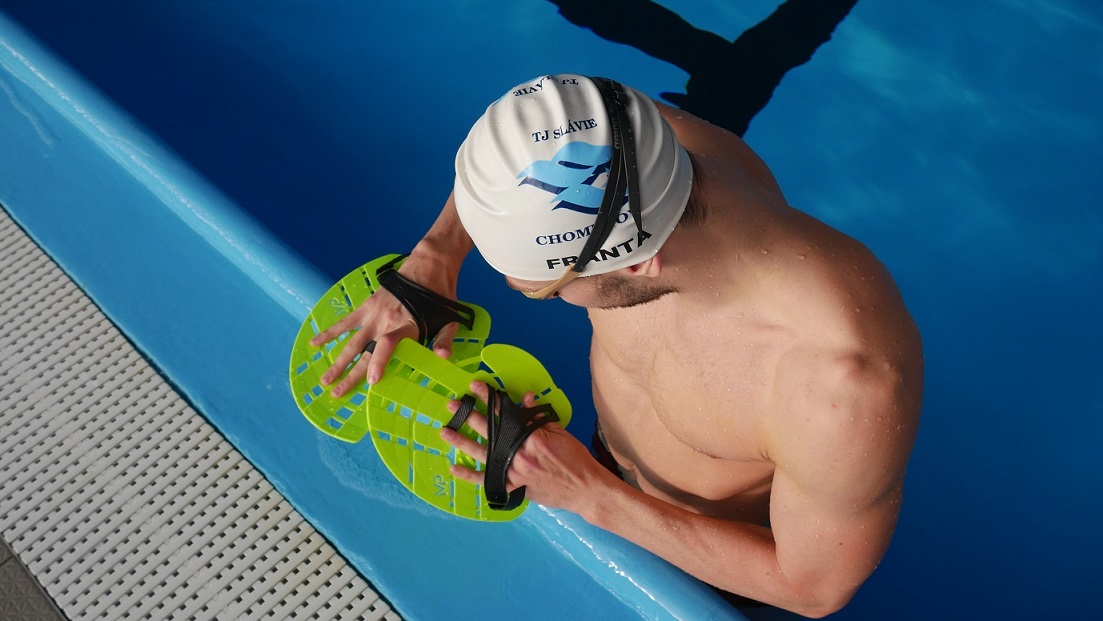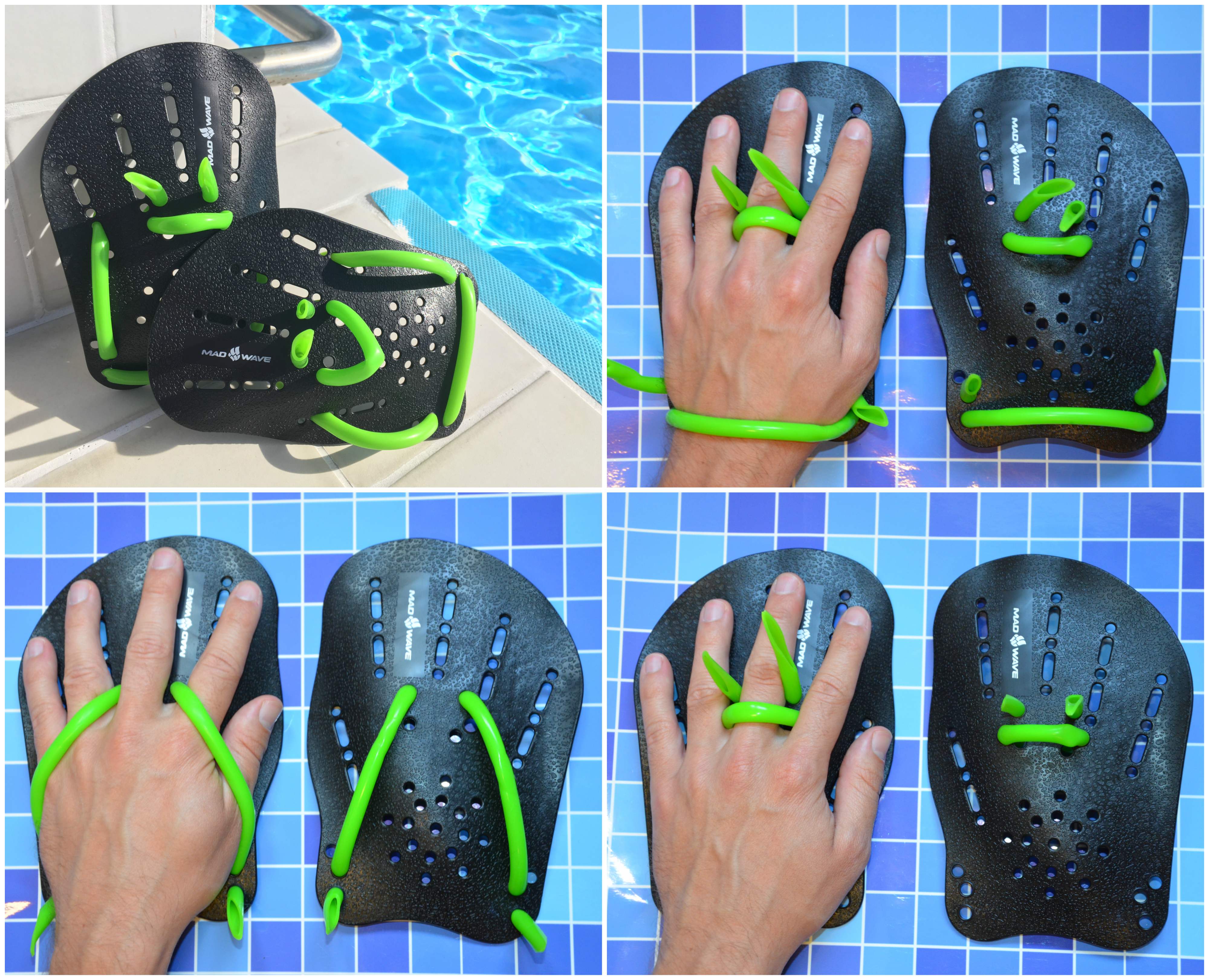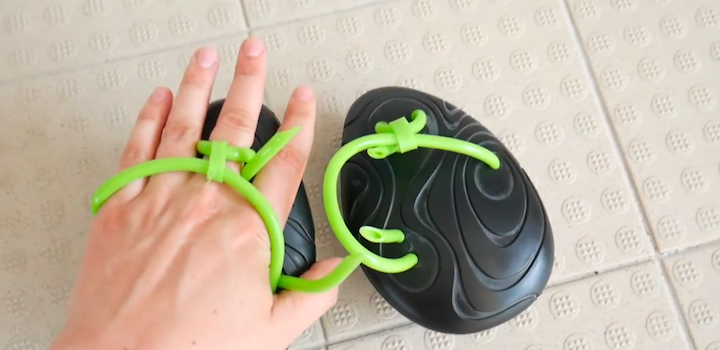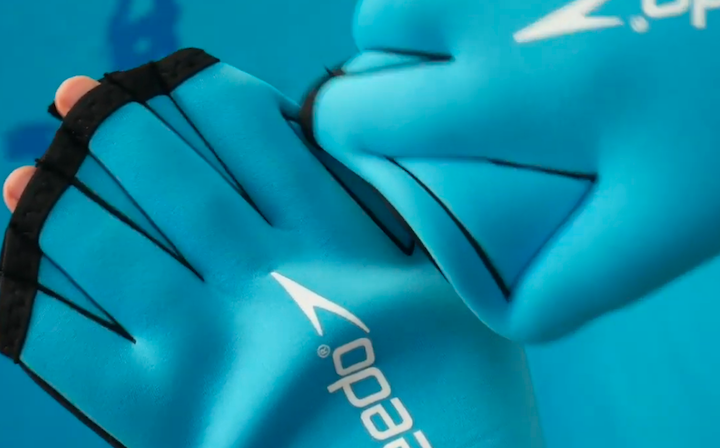Hand paddles are great helpers to diversify the training, improving the technique and strengthening upper muscle parts. However, there are several hand paddle types, see which ones are the best for you at the beginning, and which ones are for more experienced swimmers. You will learn what are the types and how they differ.
Types of hand paddles
The key to choosing the right ones is what you want to do with them in the pool and what you need them for. Is the goal to strengthen the arm pulls? Improve your feeling in the water or just diversify your training? Hand paddles can be classic, finger, anti-pads or swimming gloves. Hand paddles are commonly used for all swimming styles, butterfly, breaststroke, backstroke and crawl.
What size hand paddles should you choose?
The size of hand paddles determines the amount of resistance, the bigger the hand paddle, the greater resistance so you need more effort to make the pull in the water. Hand paddles with holes help not only to reduce water resistance but also to improve the feeling of the water when the water flows around the hand paddle. For beginners who are just getting to know the arm pulls without using the legs, we recommend hand paddles with a lot of holes and a maximum size of up to 10% larger than your palm. You will strengthen the pull, but at the same time, you will not harm the technique or yourself. More experienced swimmers choose larger hand paddles. We, therefore, choose the size of the hand paddles according to the level and experience of the swimmer.
Resistance hand paddles for beginners
Resistance hand paddles are the best-known and most widely used. The differences are in size, shape and way of attachment to the hand. Their use and recommendation are always based on what are they designed for. The task of resistance hand paddles is primarily
to strengthen the upper limbs. Beginner swimmers should choose resistance
hand paddles that are more profiled, have more water-flow holes, and are smaller. Hand paddles
should not extend the palm by
more than 10%. These hand paddles have less resistance, less stress on the joints and require less force. Very popular resistance hand paddles for beginners are the affordable
Mad Wave Paddle or
Born To Swim Aqua Tech.
Resistance hand paddles for advanced swimmers
Have you been swimming for a while and hand paddles are not completely new to you? Do you feel you should move up to another level? In that case, you can already look for some with a larger engagement area and sturdy hand paddles. You can also choose hand paddles with adjustable straps around your fingers and wrist. For example, you can leave only the strap around the fingers and possibly increase the difficulty even more. You can search among the models like
Arena Vortex,
Michael Phelps Strength Paddle or
Tyr Catalyst Stroke Training Paddles. Since you are already used to hand paddles and you swim frequently, you can include them in your training much more often, even for long series. You just need to be careful about overloading your shoulders.
Finger paddles
The
finger paddles are smaller in size, are placed only on the fingers of the hand and are designed primarily for so-called
sculling, or for exercises to develop a sense of the water. Finger paddles are very suitable
for beginners because of their size and shape and they don’t require any strength. These paddles can be used for all swimming styles – butterfly, breaststroke, backstroke and crawl. The most popular model among these paddles is the
Speedo finger paddle.
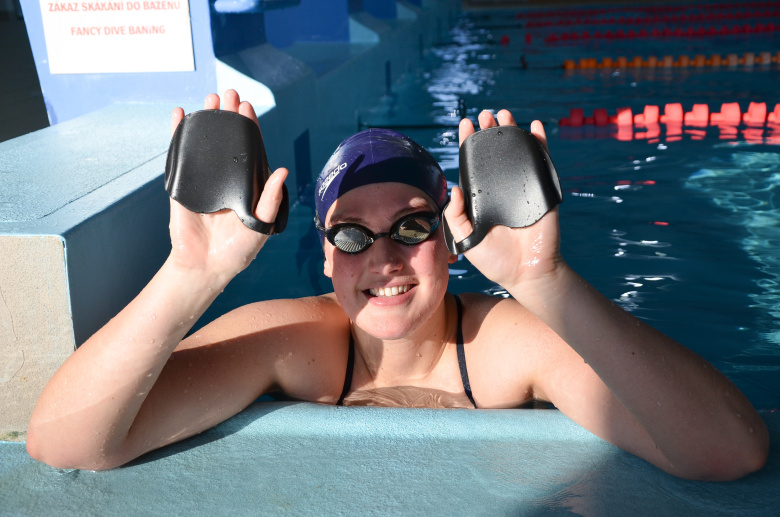
Types of swim resistance hand paddle bands
Not every hand paddle allows you to have different options for the finger and wristband placement, but if you can adjust them, you can try which tying will be the most comfortable for you. There are different tying methods for the hand paddles, if you are interested in trying them out, have a look at our tips.
Antipaddle
Unlike classic hand paddles, these antipaddles from the Mad Wave brand reduce hand resistance in the water. They help in improving the swimming technique. While swimming with anti-paddles, the hand is looking for an optimal position for the pull, and the anti-paddles force you to use more the forearm pull. Antipaddles have curved surfaces. These hand paddles are not used often and are usually only used for a short time during training.
Neoprene swimming gloves
Aqua gloves, or
swimming gloves, are mainly used
for aqua aerobics. They are also suitable for swimming to a lesser extent, but they are less common. The gloves are made from
soft neoprene and create swimming membranes between the fingers, which increase the resistance of the hand in the water.
How often to use hand paddles?
The most important thing is to get used to the hand paddles, learn to perceive thestroke and use more force in the stroke. Definitely, swimming with hand paddles should not take you more than 20% of the entire training. In case this is something new for you it would be good to include at the end of the training a long slow cooldown. Beginners should start with smaller resistance hand paddles with holes and then gradually progress to larger hand paddles with more resistance (when the goal is to increase resistance).
Final tip:
To increase the intensity, we recommend a combination with a
pull buoy, which is placed between the legs, preventing the legs from kicking and thus increasing the work of the arms even more.
